In the heart of Beijing lies a sanctuary where emperors once whispered to the gods—the Temple of Heaven (天坛).
Built in 1420, this UNESCO World Heritage Site isn’t just a park; it’s a 2.7-million-square-foot architectural prayer, designed to align humanity with the cosmos. Discover why this Ming Dynasty masterpiece remains a spiritual and cultural touchstone for China.
Where Emperors Became Mediators
For 500 years, Ming and Qing rulers journeyed here annually to perform the Supreme Sacrifice, a ritual to ensure good harvests and divine favor. Unlike the Forbidden City’s political power, the Temple of Heaven symbolized the emperor’s role as the “Son of Heaven.”
Key moments:
- Winter Solstice: The emperor fasted for three days before offering sacrifices at the Circular Mound Altar.
- Silent Communication: Prayers were burned at the altar, believed to rise to heaven as smoke.
Architecture as Cosmic Blueprint
Every structure embodies ancient Chinese philosophy:
1.Hall of Prayer for Good Harvests (祈年殿):
-
- A triple-gabled, circular building with no nails—supported by 28 pillars representing seasons, lunar phases, and constellations.
- The blue-tiled roof mirrors the sky.
2.Imperial Vault of Heaven (皇穹宇):
Home to the “Echo Wall,” where whispers travel 65 meters along its curved surface.
3.Circular Mound Altar (圜丘坛):
A three-tiered marble platform where the number of steps, balusters, and stones all revolve around the sacred number 9 (heaven’s symbol).
Why Visitors Love It Today
- Morning Tai Chi: Join locals at dawn for free tai chi sessions under ancient cypress trees.
- Park Life: Watch retirees dance, play chess, or belt out Peking opera tunes.
- Photography Gold: Capture the Hall of Prayer framed by cherry blossoms (April) or snow-dusted eaves (January).
How to Visit Like a Pro
- Timing: Arrive at 6 AM to see the park come alive, or stay until dusk when tour groups leave.
- Tickets: Buy the ¥34 combo pass (includes all halls). Closed Mondays (except main park).
- Guided Insight: Book a 2-hour history tour to decode hidden symbols—like why the Danbi Bridge slopes upward, mimicking the emperor’s “ascent to heaven.”
- Nearby Pairings: Combine with the Summer Palace (30-minute drive) for a full day of imperial grandeur.

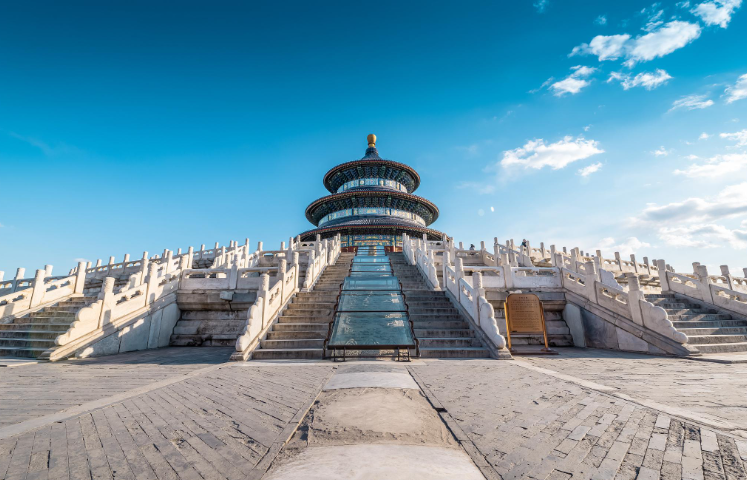
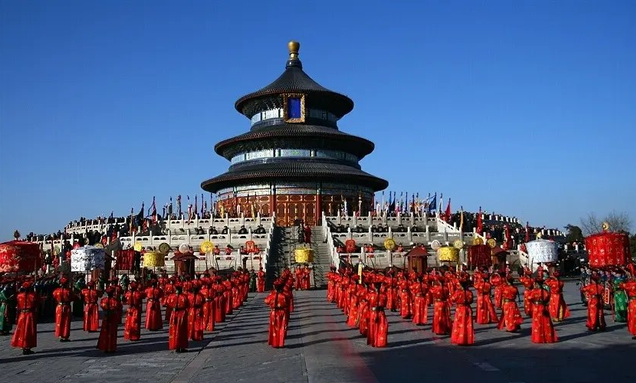
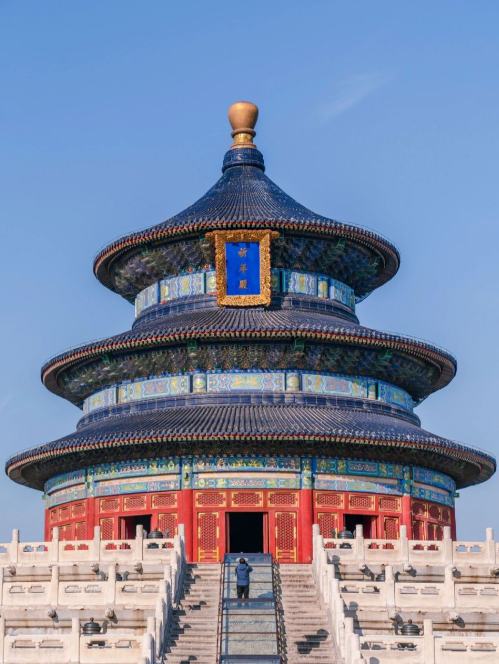
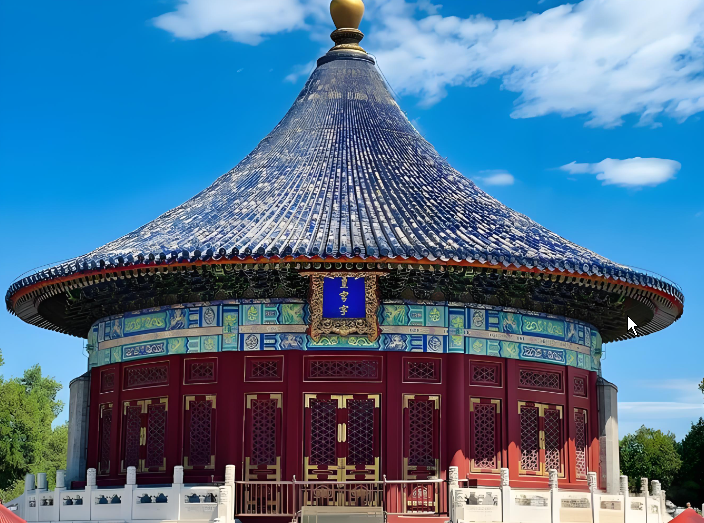
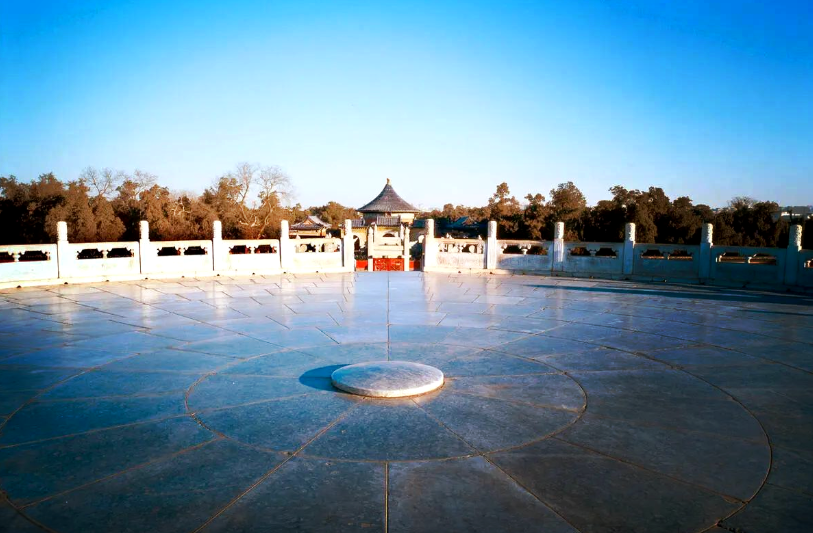

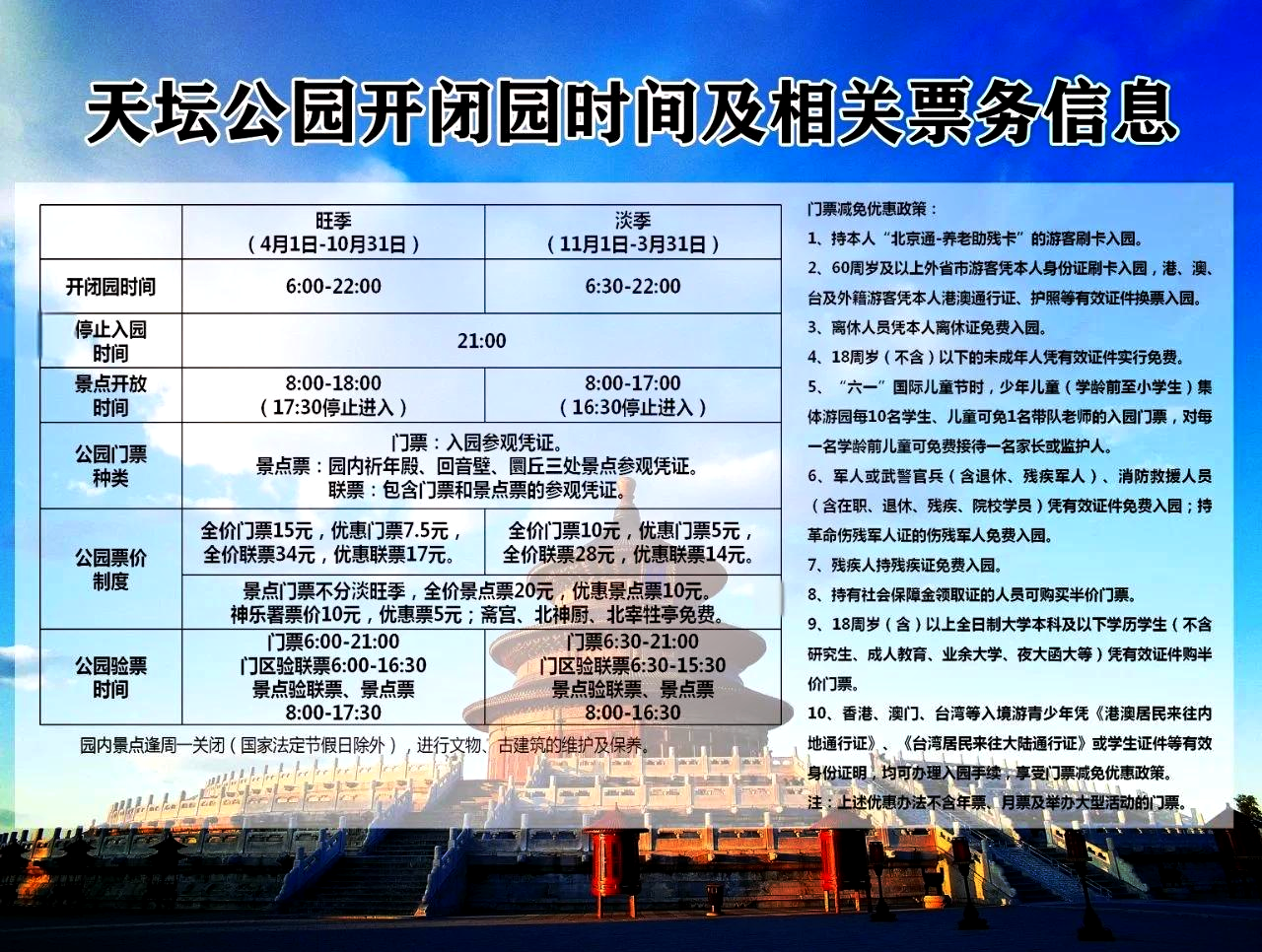













No comments yet